Marie Curie, the First Woman to Receive a Nobel Prize
We pay tribute to the Polish scientist Marie Curie who, with her discoveries on radiation, became the first woman to win two Nobel Prizes and to change the course of physicochemical research in the 20th century.
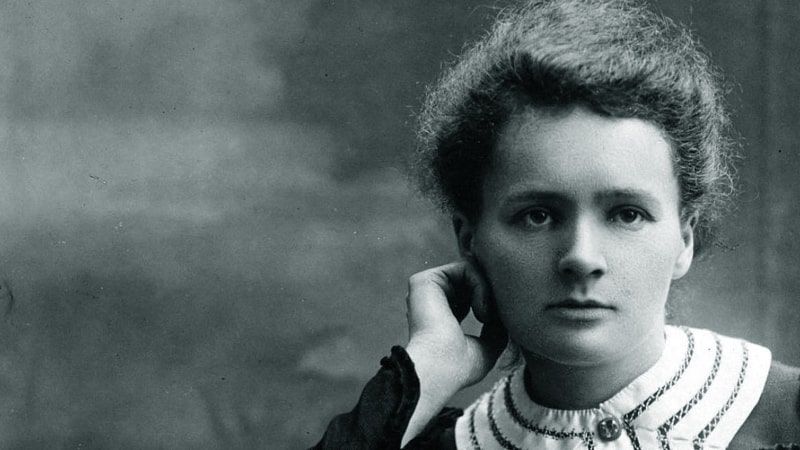
Marie Curie is well known for having discovered polonium and radium, two elements found in uranium mine tailings, and for being the first woman to receive a Nobel Prize, a feat repeated on a second occasion (something unusual). But little do we know about her personal growth and her abilities to deal with an entirely hostile environment.
Marie Curie's life represents the epitome of the development of modern science and the inclusion of women in it; it was undoubtedly an arduous road Maria Salomea Skłodowski (her given name) had to travel to make her way in a scientific world under male domination. Her introverted character, her great scientific curiosity, her passion, and her resilience led Marie Curie not to lose her heart in the face of the worst calamities.
She discovered a chemical element that led to the development of a new field of knowledge; she helped her adopted country during the war when French society was calling for her exile. Marie Curie overcame the death of one of the loves of her life, Pierre Curie, only to be pointed out for a long time as his shadow and, sometimes, as the conspirator of his death.
Marie Curie: a Life with a Great Resilience
The daughter of a physics and mathematics professor and a piano teacher, Maria Salomea Sklodowska, was born on November 7, 1867, in Warsaw, which, at that time, still belonged to the Tsarist Russian Empire.
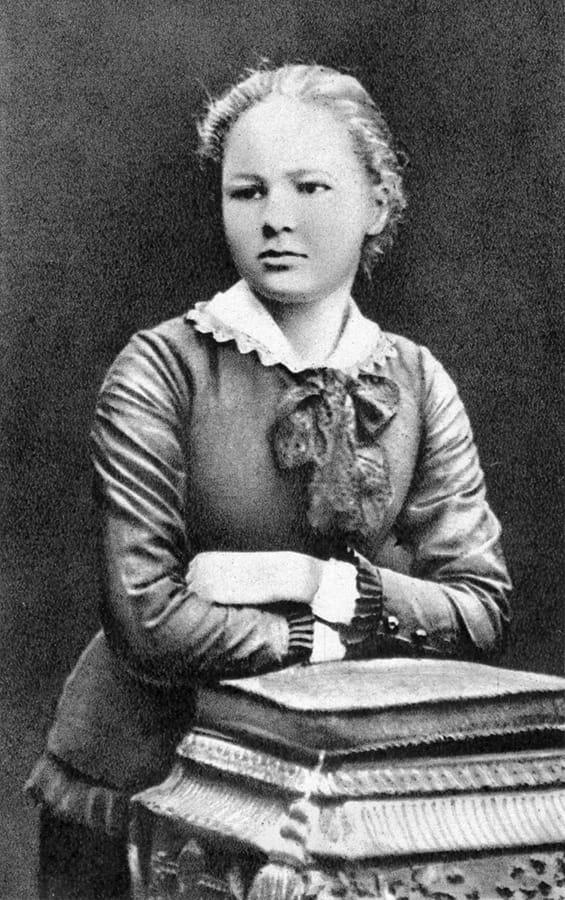
Although she did not come from a wealthy family during her early years, she had a great incentive and motivation for education and academic life. After the death of her mother and one of her sisters, family and economic difficulties never took away her desire to study.
After finishing basic education, she was not allowed access to higher education just because she was a woman. However, that did not deter her passion: she traveled to Paris to enter Sorbonne University and got a place to study physics and mathematics like her father. Meanwhile, she worked as a governess to support herself.
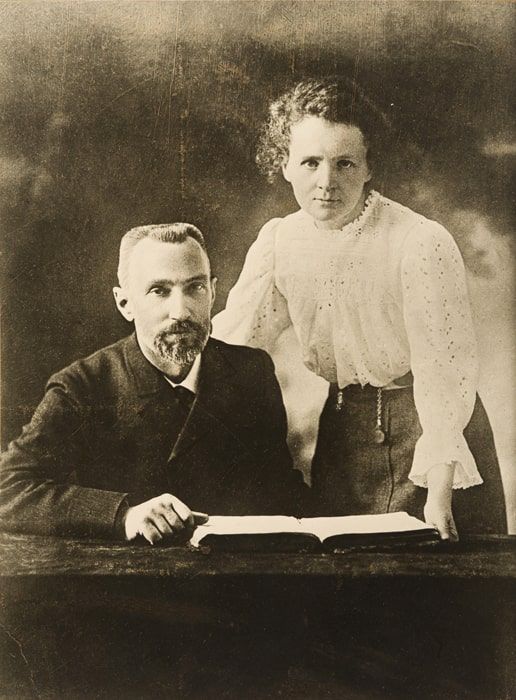
Finally, in 1893, Marie, who had already Frenchified her name, graduated in Physics with outstanding grades. A year later, she met her future husband, fellow physicist and scientist Pierre Curie, whose surname she took, and they had two daughters. Marie went further and pursued a doctorate.
"Research on uranium radiation by physicist Henri Becquerel and the discovery of X-rays by Wilhelm Röntgen helped Curie to choose the subject of her thesis: research on radioactive substances. Fascinated by the progress of his wife's research, Pierre put aside his studies on magnetism to help her", commented some historians who reflected on her life and worked for the website canalhistoria.es. And they added: "Personal and professional accomplices, Marie and Pierre Curie worked side by side in conditions that were far from easy. In 1898 they announced the discovery of new elements: radium and polonium, both more radioactive than uranium. However, it was not until four years later that they were able to prove their discovery".
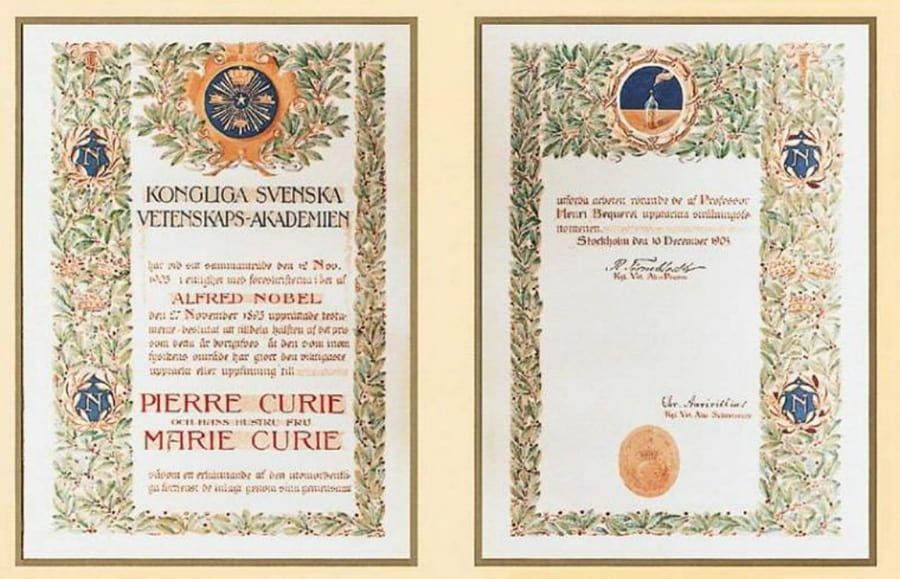
The year 1903 was the year of recognition for her research. Marie Curie obtained her doctorate and the Nobel Prize in Physics, together with her husband and Becquerel, for her research on radioactivity. Despite her importance, the University of Paris only appointed her husband, in 1904, as an academic professor, and two years later, she became a member of the French Academy.
Later, due to a horse accident in which Pierre Curie lost his life, Marie took over her husband's chair of Physics at the Sorbonne. In this way, she became not only the first woman to win a Nobel Prize but also a professor at the Sorbonne.
After the death of her husband, she decided to continue her research. She soon discovered that radiotherapy could be a treatment for cancerous diseases. Marie's experiments gained followers and became enormously popular. Thanks to this research, Marie Curie won her second Nobel Prize. This time, in the category of Chemistry, in 1911.
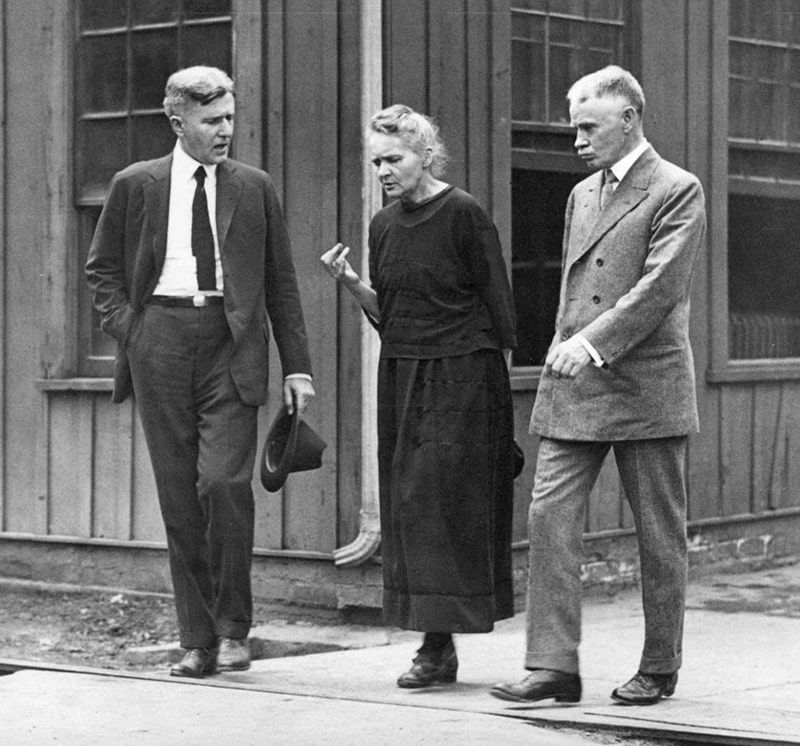
Curie was not only a pioneering scientist, but she also played a vital role during the First World War. She acquired several automobiles and portable X-ray machines during that war to create "radiological ambulances." Thanks to this, she was able to save the lives of a great many soldiers. Thus, Marie became the director of the Radiology Service of the French Red Cross.
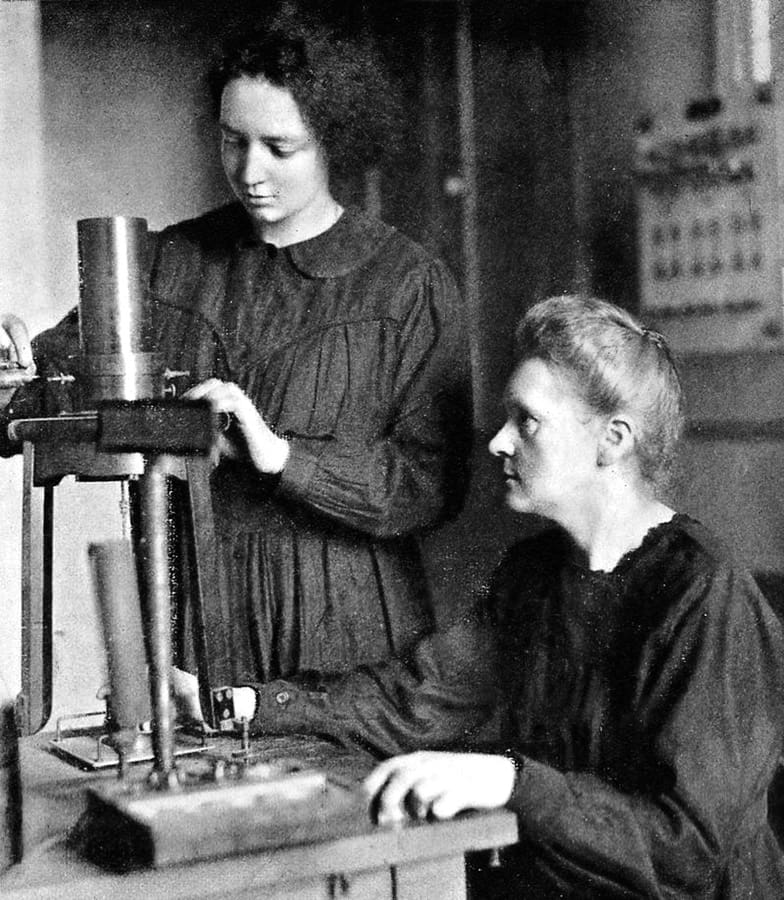
"After the war, Curie returned to her studies and joined several scientific academies such as the French National Academy of Medicine in 1922, and received countless awards. Unfortunately, she exposed herself to radiation in her experiments. Marie Curie died on July 4, 1934," shared the historians of that historiographic site. In 1995, she was buried with honors in the Pantheon in Paris, together with her husband's remains.
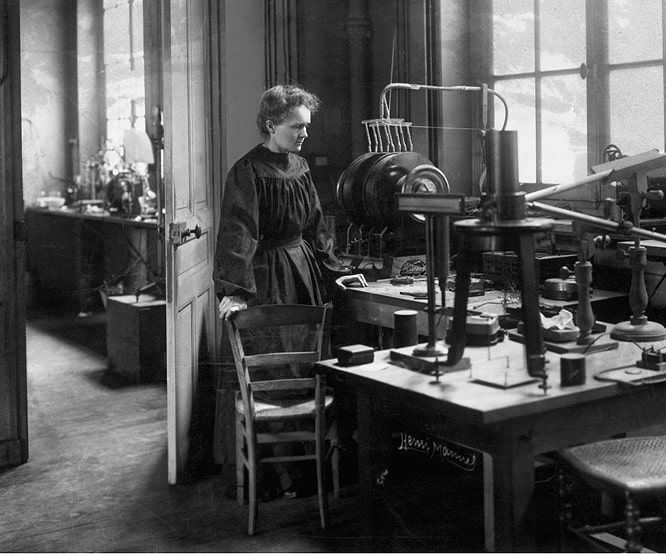
For her contributions to science and society, and 153 years after her birth, Marie Curie became one of the most recognized and influential women in history.
Sources: Cultura Argentina




